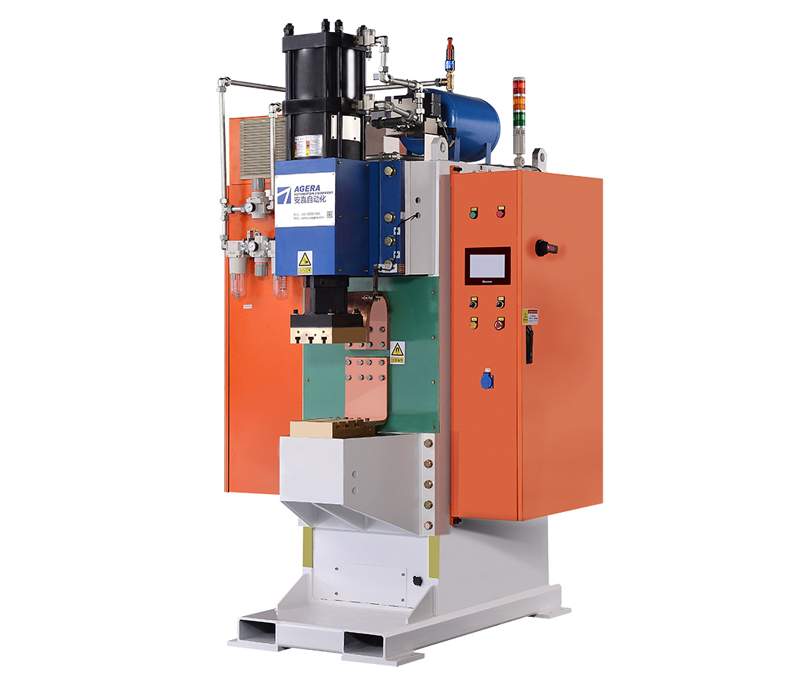Electrodes play a vital role in energy storage spot welding machines, serving as the contact points that deliver electrical current to create welds. This article explores the application of electrodes in energy storage spot welding machines and provides insights into their maintenance to ensure optimal performance and longevity.
- Electrode Types: Energy storage spot welding machines utilize different types of electrodes based on the specific welding application and materials being welded. Common electrode types include copper, tungsten, and molybdenum. Each type offers unique characteristics in terms of conductivity, heat resistance, and durability, allowing for efficient and reliable welding.
- Electrode Selection: The selection of electrodes depends on factors such as the material being welded, thickness, and desired weld quality. Copper electrodes are widely used for their excellent electrical conductivity and thermal conductivity, making them suitable for various applications. Tungsten and molybdenum electrodes are preferred for welding materials with higher melting points, such as stainless steel or high-strength alloys.
- Electrode Maintenance: Proper maintenance of electrodes is essential to ensure their longevity and consistent performance. Regular cleaning is necessary to remove contaminants such as oxides, debris, and spatter that accumulate during welding. Cleaning can be done using specialized cleaning tools, solvents, or mechanical methods. Additionally, periodic inspection of electrode tips is crucial to detect wear, cracks, or deformations, which may impact weld quality. If any issues are identified, electrodes should be promptly replaced or repaired.
- Electrode Dressing: Over time, electrode tips may become worn or misshapen, affecting the quality of welds. Electrode dressing, also known as reshaping or reconditioning, is a maintenance procedure to restore the desired shape and surface condition of the electrode tip. Dressing can be done using grinding, machining, or electrical discharge machining (EDM) techniques. Proper electrode dressing ensures consistent contact, heat transfer, and weld quality.
- Electrode Cooling: During welding, electrodes can generate significant heat, which can affect their performance and lifespan. Therefore, cooling systems are often employed to maintain optimal electrode temperature. Water cooling or air cooling methods help dissipate heat from the electrodes, preventing overheating and extending their operational life.
- Electrode Replacement: Despite proper maintenance, electrodes will eventually wear out and require replacement. Regularly monitoring electrode condition and performance indicators such as electrode life and weld quality can help determine the optimal time for replacement. Prompt replacement ensures consistent weld quality and minimizes the risk of electrode failure during operation.
Electrodes are critical components in energy storage spot welding machines, facilitating the creation of high-quality welds. By selecting the appropriate electrode type, performing regular maintenance, including cleaning, dressing, and cooling, and timely replacement, operators can optimize the performance and longevity of electrodes. Effective electrode application and maintenance contribute to reliable welding results, increased productivity, and overall success in energy storage spot welding applications.
Post time: Jun-09-2023



